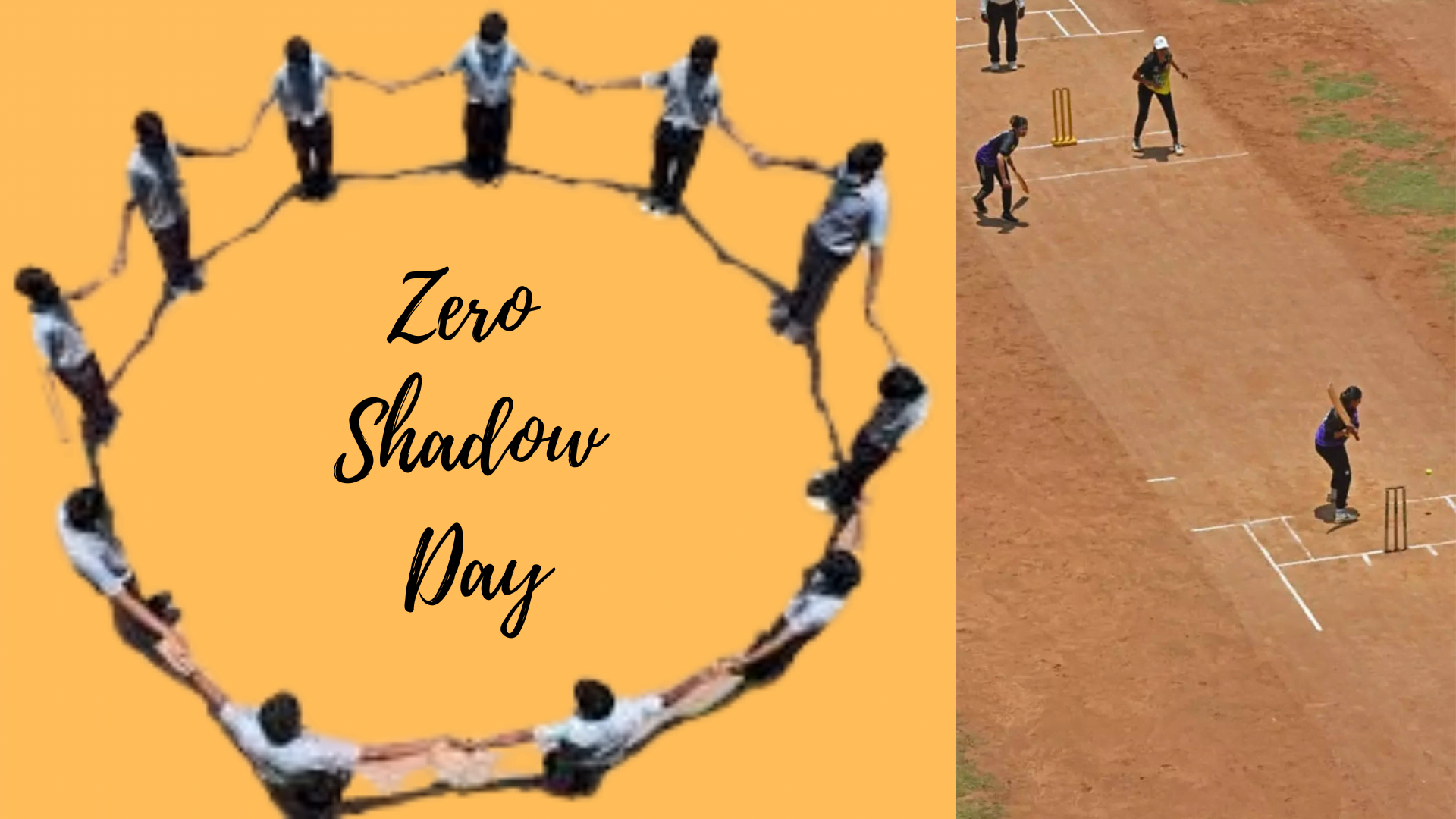When it comes to the cosmic realm, the significance of August becomes truly remarkable and one-of-a-kind. This month will witness some remarkable celestial events that are exceedingly rare. Among them, the most intriguing day is August 18, a day when you won’t see your own shadow. This phenomenon is known as “Zero Shadow Day.” Such a situation occurs twice a year when all shadows seem to vanish completely. Let’s uncover the elements that play a role in shaping this extraordinary event.
“On Zero Shadow Day, nature’s brushstrokes erase our shadows, and we stand briefly weightless between Earth and sky.”
“With a stroke of celestial brilliance, Zero Shadow Day paints the canvas of time as shadows dissolve and light reigns supreme.”
“Zero Shadow Day: Where Science Meets Art, and Shadows Surrender to the Elegance of Solar Alignment”

On August 18, 2023, a Zero Shadow Day will occur. On this day, no one will see their own shadows. According to scientists, a Zero Shadow Day is a rare celestial event that takes place when the Sun is directly overhead. As a result, shadows disappear completely.
However, it’s not that shadows cease to exist on this day. During Zero Shadow Day, the Sun’s rays are almost perpendicular to the Earth’s surface. This causes shadows to be cast directly beneath objects, making them virtually invisible. This phenomenon is observed at all locations situated on the 130th latitude. For a brief moment, human and vertical objects lose their shadows.

This particular scenario unfolds as a result of the Earth’s axial inclination. Instead of the Sun’s rays being parallel to the equator, Earth tilts about 23.5 degrees. As a result, the Sun doesn’t directly appear overhead during noon every day, except for two instances each year. These two days fall between the Tropic of Cancer and the Tropic of Capricorn, where the Sun’s light falls almost vertically. Hence, these regions experience Zero Shadow Day twice a year.
